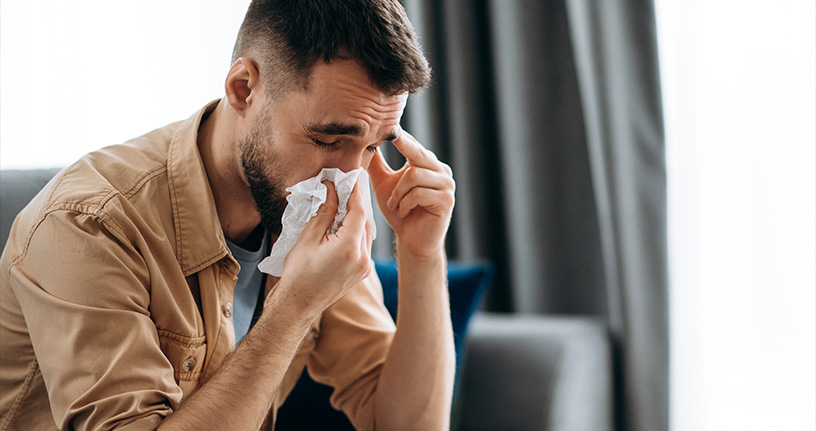The new omicron subvariant, XBB. 1.5 has been spreading quickly in the United States. New research from the Centers for Disease Control and Prevention reveals that the COVID-19 bivalent booster reduces the risk of developing the infection from XBB, 1.5 by around 40 to 50%.
The continuing mutations of the coronavirus, the cause of COVID-19 infections, have led to new variants and variants like XBB.1.5 and have been related to increased transmission rates. XBB.1.5 is currently the most transmissible type; the COVID-19 XBB1.5 symptoms are like previous variants. Experts suggest that sore throat appears to be more common. Generally, Omicron causes less severe illness, so breathlessness, a need for oxygen, or hospitalization is less common.
What’s the difference between this subvariant and others?
This new subvariant has more mutations, adheres tightens to human cells, and is more likely to transmit than other variants and subvariants. XBB.1.5 is now considered the predominant COVID-19 virus across the United States.
Do vaccines and booster doses protect against XBB.1.5 and help lessen the symptoms?
Research is still going on how well the vaccines and boosters work against the XBB.1.5 variant, but the new research shows that the COVID-19 bivalent booster dose minimizes the risk of infection by about 40 to 50%. Vaccines and booster doses also help protect other parts of the immune system against severe disease progression.
Is this new subvariant a bigger concern for immunocompromised people or those with a weak immune response to the vaccine and booster?
Patients with compromised immune systems and those whose bodies do not respond completely to vaccines and booster doses are more likely to acquire the subvariant and experience the progression of the COVID-19 infection. Those at increased risk and who develop mild to moderate Covid symptoms should consult their healthcare provider to ask about taking Covid 19. Remdesivir is generally given to treat fever. Your healthcare professional will suggest the best medicine for covid.
What measures were taken to protect against the virus?
We bring some measures we suggested early during the pandemic, such as wearing masks in crowded, poorly ventilated places (e.g., public transportation, some restaurants) or avoiding them. All these measures are extremely effective at reducing and minimizing covid 19 symptoms.
If individuals develop symptoms of the upper respiratory tract (also symptoms of the new COVID variant, including cough, fever, and sore throat, they should immediately get tested for COVID-19, and if the test turns out to be positive, it is time to self-isolate to prevent the infection to others. Coronavirus symptoms day by day increase, which is why immediate prescription for COVID needs to be taken once receive positive diagnosis for the infection.
People should also remember that home tests can be “falsely” negative in the first one to two days of illness, so a negative home test should be repeated in a few days. Finally, people at risk for progression of infection because of older age, compromised immune systems, pregnancy, obesity, or a serious illness, such as diabetes, heart disease, or lung disease, should consult with their healthcare provider about taking antiviral for COVID. If the cough is your serious problem, your healthcare provider will also suggest the best medicine for cough.
We know that Covid treatments including vaccination Covid medicines and up-to-date boosting are the best ways to reduce new variant COVID symptoms and avoid the most serious complications of COVID-19, including hospitalization and death. People should make sure they are up to date with coronavirus symptoms.


